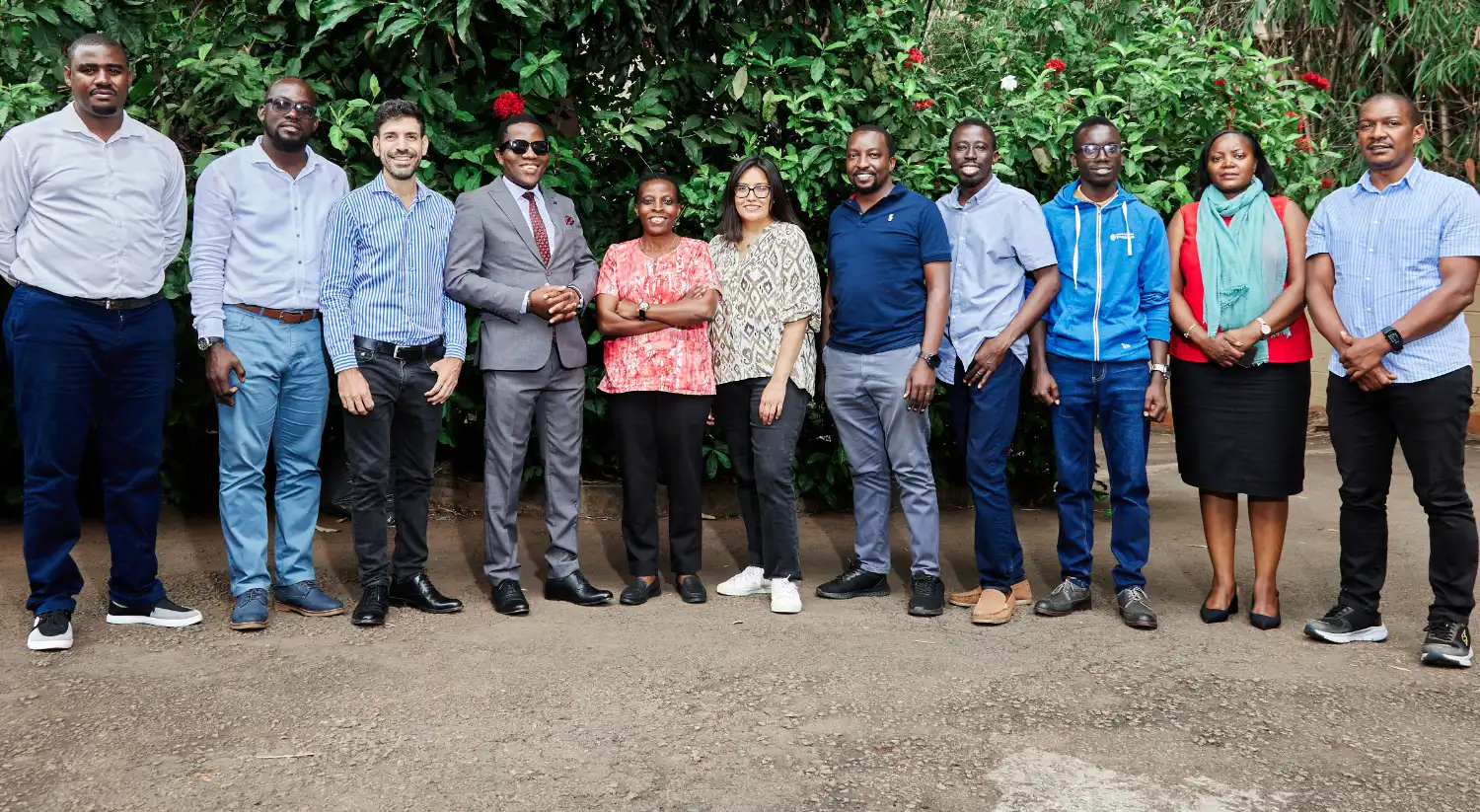Your grant is an achievement that you should share with your community. Here are some ideas to help promote the news about your award, build goodwill with your key stakeholders, and educate the public about your value to the community.
Interacting with news media
Develop a distribution list in advance
To reach the broadest audience, your list should include local newspapers, radio stations, television stations, and wire services. If there are reporters who already regularly cover your activities, be sure to include them on your distribution list? Depending on the subject area your work covers, address the release to the relevant editor, e.g. education editor, tech editor, etc.
Prepare a News Release
The basic way of communicating with news media about your grant is with a news release. An effective release provides the “who, what, when, and where” of your news announcement and contact information for someone at your organization who can provide additional information. One strategy for getting attention for your release is to tie your announcement to a relevant event or to a current news issue. Is your institution planning a community day, a major announcement, or an anniversary commemoration? If you can link your announcement with other activities or events, you increase the chances of capturing media attention. Similarly, you can package your story in the context of other local or national issues by including a quote that ties your grant award to the larger issue.
Issue your release
Email the release to your distribution list, sending to one person at each outlet at a time. Do not copy others on your email, and be sure to include a personal note above the release that shows the recipient you know they cover this type of news. Remember timing. There are a variety of factors that determine whether your story will receive coverage. If there is an urgent news event, hold your release for a quieter news day. The time of day and day of the week are also factors to consider. Remember that morning is often the best time for television, and avoid releasing news on a Friday afternoon or over the weekend. Likewise, Monday mornings can be crowded with big news that was not covered over the weekend. Some papers and TV stations require a few weeks’ notice to prep the piece for publication or air time, so give them as much advance notice as possible, if there is a date-specific event you are tying it to.
Pitch the story
Follow up your release by emailing key media contacts to confirm their receipt and to pitch your story. Present the facts quickly and emphasize why this would interest readers or viewers. If there is interest and relevance, you might offer to set up an interview with the director or a behind-the-scenes tour of your facility. The most important part of an email pitch is the subject line. It is being reviewed along with hundreds of others in the course of a day, so yours must stand out. Think in terms of why someone in your community would care about this news – what’s it to them?

Social Media
Social media sites such as Facebook, Twitter, You Tube, and Instagram, are powerful tools for sharing news of your institution with a potentially large number of people and engaging them in an interactive way. Using social media can be economical; the sites require only an email address to establish your presence. To maintain them, however, requires an investment of time because visitors expect content that is timely and new.
If you already have social media presence on at least one platform, use it (or all the ones you have) to amplify your news to a broader audience. The Internet Society Foundation will be sharing your award on our social media platforms – and you should comment on and share our posts, as well as create your own native content and share it yourself. Be sure to let key groups in your community know about the news so they will like and share it to their followers too! Pictures are worth 1,000 words, so use pictures as much as possible, and since video is so easy to generate now with just a smart phone, consider doing a quick, one-minute video to announce the grant and thank everyone involved or talk about how it will be applied.
Stakeholder Outreach
In addition to using traditional media and social media, your stakeholders – the many groups on whom your success depends – can help get the word out. Sharing the news about your grant with different audiences will help more people understand the importance of your work and how it benefits a given community
Every grantee will have different groups and organizations that are stakeholders in their grant. Before you even applied for this grant, you probably already thought about groups in your community that would benefit from your grant or be interested in it. Be sure to reach out to those groups and let them know about your award, and what you plan to do with the funding.
Communications contact
If you have any questions, please contact our Office of Communications:
Email
[email protected]
Grant Partner Comms Toolkit
- Internet Society Foundation Acknowledgment Guidance
- Making the most of the Internet Society Foundation Grant Announcement Process
- Ideas for sharing your news with the public
- Storytelling for impact
- Logos
